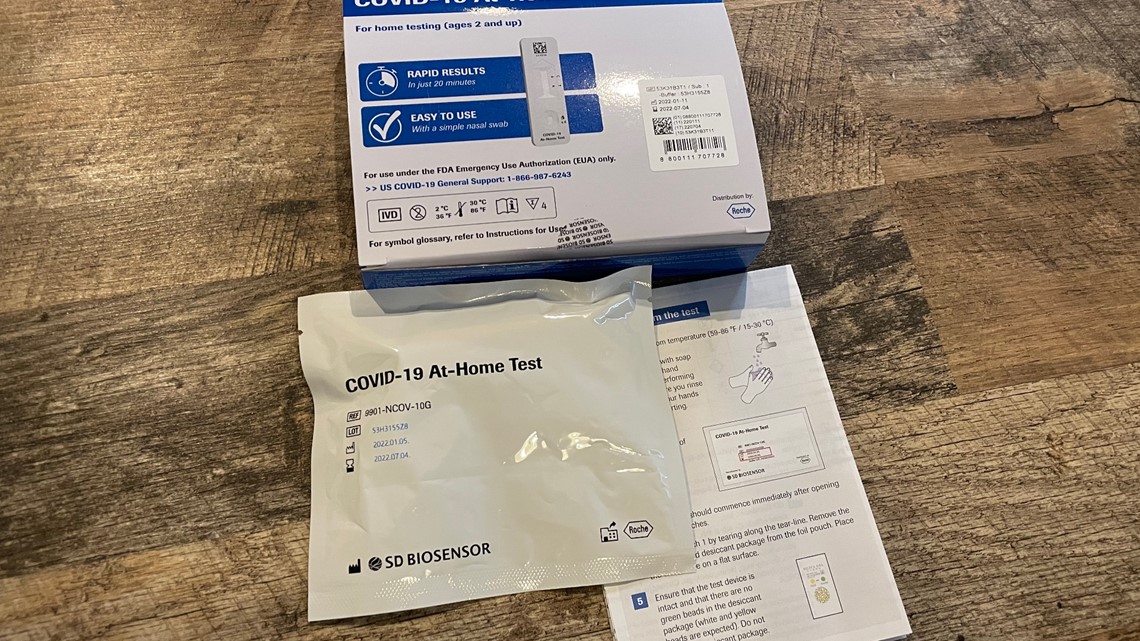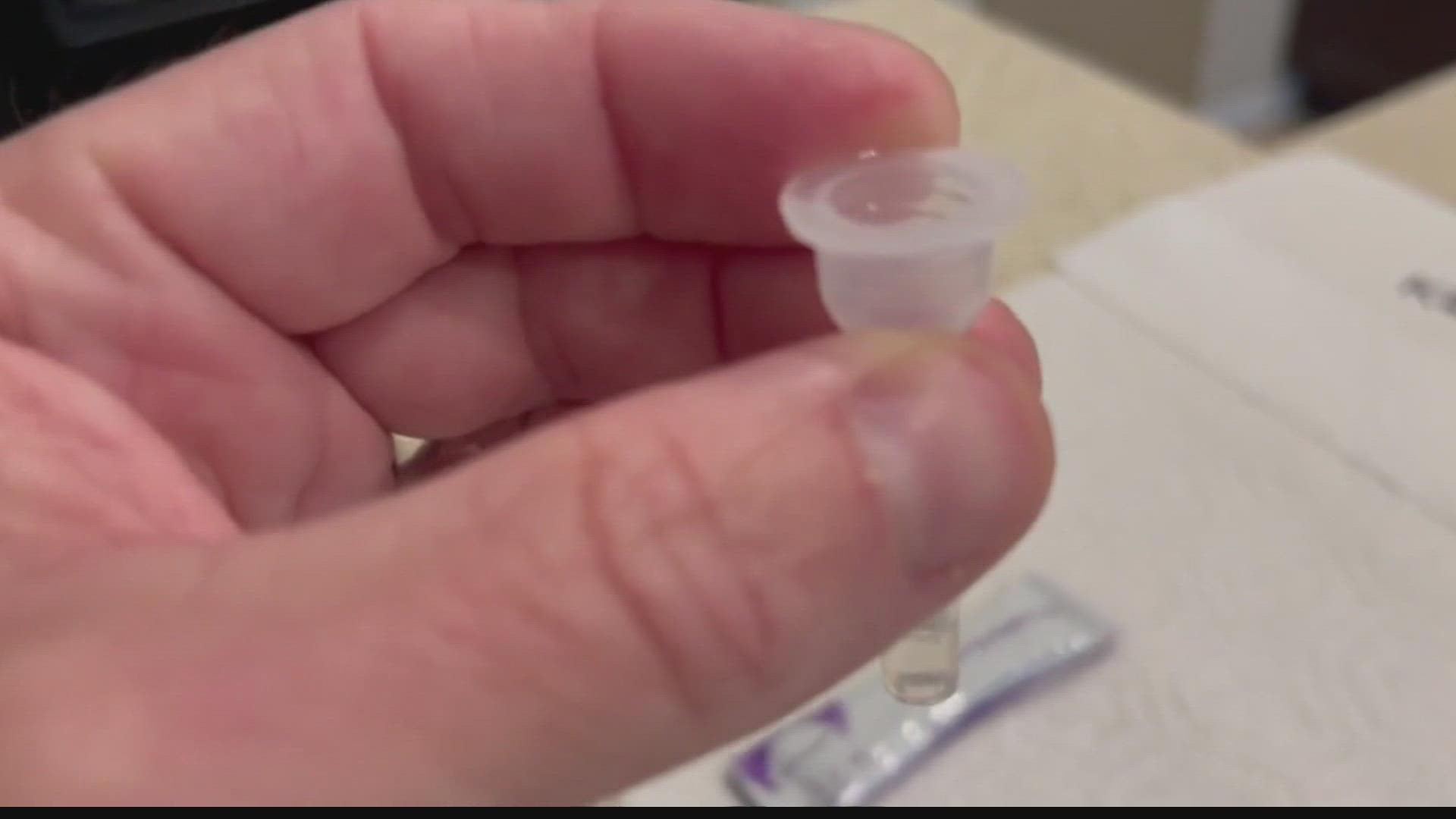INDIANAPOLIS — The Biden administration is sending out one billion at-home COVID-19 tests to homes across the country this month through the U.S. Postal Service. Some Hoosiers have reported receiving their free tests already this week.
Many of those kits are required to be stored at 36 to 86 degrees Fahrenheit. If temperatures got above or below that range, it could affect the accuracy of the test, according to a study by the National Institutes of Health.
“The test themselves state right on the packaging that the temperature should be anywhere between 35 to 36 degrees Fahrenheit up to 86. That is kind of in that non-freezing range. Not too cold, not too hot,” said Dr. Shaun Grannis, vice president of data and analytics at the Regenstrief Institute.
Grannis said it’s very important that the liquid inside the kit doesn’t freeze. If it does, it can create a false negative result. Usually, the liquid is contained in a pouch or container.
“If they are not kept in that range, what can happen is there are proteins in the liquid that can break down, which is called denaturing, and can become denatured. So we need to be careful with that,” Grannis said. “When liquid freezes, it creates ice crystals and those ice crystals can do a lot of damage to the proteins in there, and heat can do the same.”
If your test kit sits in the extreme cold for a long period of time, you can always check the liquid to make sure it’s still usable.


“If the liquid freezes, the advice is not to use it because it’s likely defective,” Grannis said.
The FDA also says it’s very important for your test kit to be used at room temperature. If the liquid isn’t frozen, it's recommended you still leave your test kit out so it can warm up.
“The best suggestion is if you receive an at-home COVID test during extreme temperatures, high or low, to let it return to room temperature. Look at the packaging for directions and then take the test as you would,” said Dr. Kara Cecil, an assistant professor of public health at the University of Indianapolis.
Cecil said the same guidelines also apply when it comes to storing your test at home. Keep it in a controlled temperature environment, not in your car or garage.
“Typically, the guidance is storing these kinds of tests inside away from areas of high humidity but at a constant temperature,” she said.
The FDA released information last week on what to do if your test is left out in the cold.
“Since shipping conditions may vary, test developers perform stability testing to ensure that the test performance will remain stable when tests are stored at various temperatures, including shipping during the summer in very hot regions and in the winter in very cold regions,” the statement said.
If you think you had a problem with a COVID-19 test, the FDA encourages you to report the problem through the MedWatch Voluntary Reporting Form.

